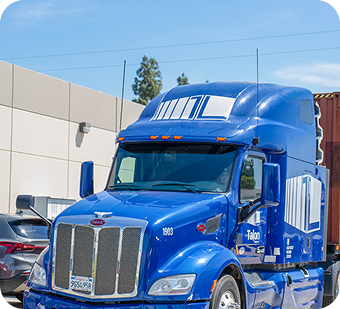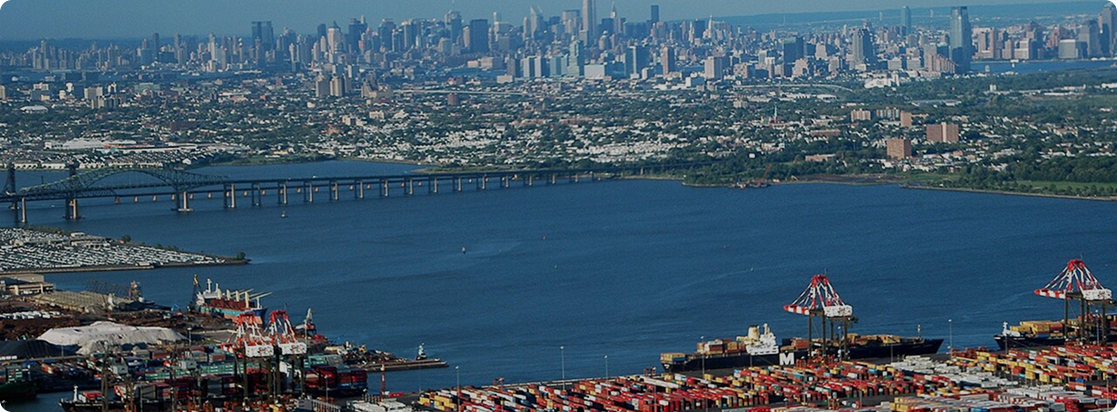LOCATION
NY/NJ
New York / New Jersey
The Ports of New York and New Jersey are made of up various terminals located along the coastline of each state, and combine to support ~7 million containers annually.
Talon has 20 trucks to serve the needs of customer shipping into NY/NJ

The Port of New York and New Jersey: A Global Gateway
The Port Authority of New York and New Jersey oversees one of the busiest port complexes in the world, serving as a major gateway for international trade and accommodating around 7 million containers annually. This complex is comprised of several ports located along the New York and New Jersey coastlines.

Key Ports in the NY/NJ Complex:
- Port Newark: A major container port on the New Jersey side of the Hudson River. It is a key hub for transatlantic trade and has extensive intermodal connections.
- Port Elizabeth: Located on the New Jersey side of the Arthur Kill, it is primarily a container port with strong connections to the Midwest.
- Port Jersey: A complex of terminals on the New Jersey side of the Hudson River, including the Port Newark Container Terminal and the Port Elizabeth Marine Terminal.
- Port New York: Located on the New York side of the Hudson River, it includes the Manhattan Cruise Terminal and the Brooklyn Cruise Terminal.

Key Ports in the NY/NJ Complex:
- Strategic Location: The port complex is strategically located on the East Coast of the United States, providing easy access to major markets in the Northeast and Midwest.
- Deep-Water Terminals: The ports have deep-water channels, allowing them to accommodate large container ships.
- Intermodal Connectivity: The complex is well-connected to the national rail and highway network, facilitating efficient transportation of goods.
- Advanced Technology: The ports utilize advanced technology to improve efficiency and security.
- Diverse Cargo Handling: The ports handle a wide range of cargo, including containers, bulk commodities, and automobiles.